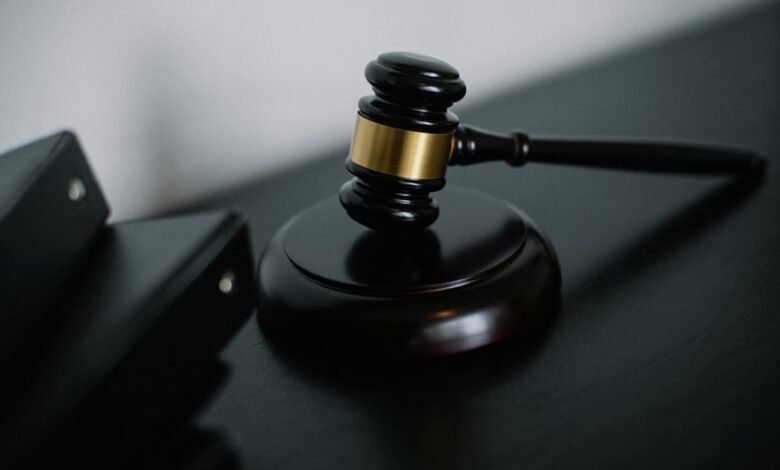Photoacomanha: O Uso de Imagens no Processo Judicial

The integration of visual evidence, known as photoacomanha, has emerged as a significant component in legal proceedings. Its ability to simplify complex arguments enhances juror comprehension and engagement. However, the application of such imagery raises ethical questions regarding privacy and consent. As the judicial system adapts to technological advancements, the implications of visual evidence warrant careful examination. This evolving landscape prompts critical inquiries about the balance between clarity and integrity in legal contexts.
The Role of Visual Evidence in Legal Proceedings
Although the judicial process traditionally relied on verbal testimonies and written documents, the integration of visual evidence has become pivotal in enhancing the clarity and comprehensibility of legal proceedings.
Visual storytelling serves as a powerful tool, amplifying the persuasive impact of arguments. Such evidence not only engages jurors but also facilitates deeper understanding, fostering a more informed deliberation on matters of justice.
Enhancing Juror Understanding Through Imagery
While the complexities of legal arguments can often obscure key facts, the strategic use of imagery serves to illuminate critical details for jurors.
Visual storytelling enhances juror comprehension by leveraging the cognitive impact of images, allowing for more immediate and profound understanding of evidence.
This approach not only facilitates retention but also fosters a more engaged jury, ultimately supporting the pursuit of justice.
Challenges and Considerations in Photoacomanha
As the integration of imagery in the judicial process evolves, various challenges and considerations emerge that necessitate careful examination.
Issues surrounding evidence authenticity are paramount, as manipulated or misrepresented images can undermine judicial integrity.
Furthermore, ethical implications arise regarding privacy and consent, demanding a balance between informative visual content and the rights of individuals involved.
Thus, rigorous standards are essential for effective photoacomanha.
Conclusion
In conclusion, the integration of visual evidence, or photoacomanha, significantly enhances the judicial process by improving juror comprehension and engagement. Notably, studies indicate that jurors retain 65% of information when presented with relevant images compared to just 10% when relying solely on verbal explanations. This statistic underscores the potential of visual aids to foster informed deliberation. However, the ethical implications surrounding privacy and authenticity remain critical, necessitating careful consideration as the legal landscape evolves.





